Home>Garden Essentials>How To Give Cats Greenery
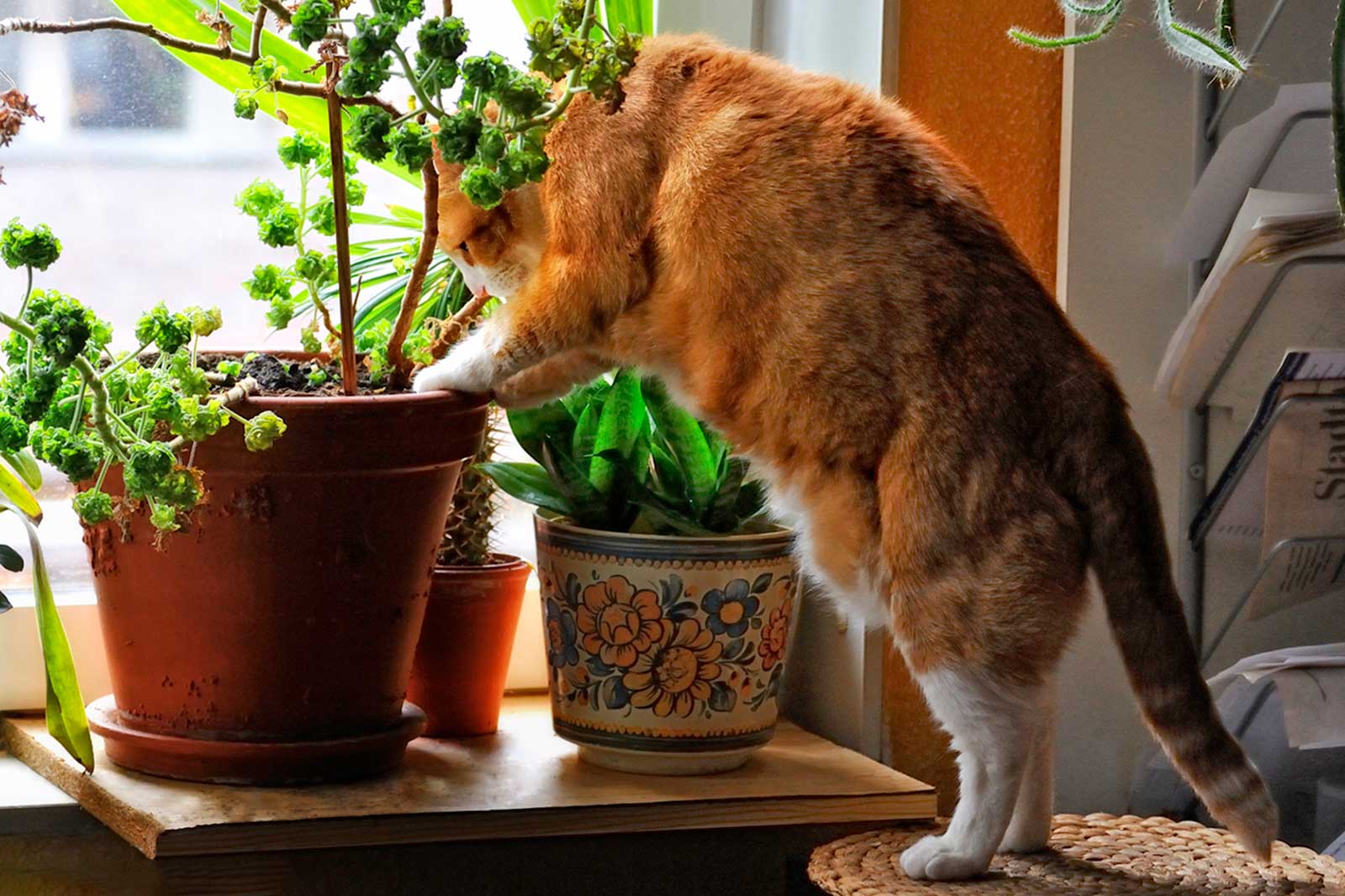

Garden Essentials
How To Give Cats Greenery
Modified: April 23, 2024
Learn how to give your cats a taste of the outdoors with a cat-friendly garden. Discover the benefits of incorporating greenery into your feline friend's environment.
(Many of the links in this article redirect to a specific reviewed product. Your purchase of these products through affiliate links helps to generate commission for Storables.com, at no extra cost. Learn more)
Introduction
Welcome to the wonderful world of gardening for cats! If you’re a proud cat owner, you may have noticed your furry friend’s fascination with plants and greenery. Cats are known for their curious nature, and providing them with access to safe and stimulating greenery can be a great way to enrich their lives. Not only does having plants around offer visual appeal and purify the air, but it can also provide numerous benefits for your beloved feline companion.
In this article, we’ll explore the benefits of greenery for cats, different types of cat-safe plants, indoor plant options, how to create a cat-friendly garden, tips for introducing greenery to cats, and important precautions to keep in mind. Whether you have an indoor-only cat or a feline friend who enjoys spending time outdoors, incorporating greenery into their environment can enhance their well-being and enrich their lives.
So, if you’re ready to embark on this green adventure with your cat, let’s dive into the wonderful world of cat-friendly plants and discover how to give your feline friend the perfect blend of nature and comfort!
Key Takeaways:
- Cats benefit from greenery by reducing stress, staying active, and improving dental health. Choose cat-safe plants like cat grass, spider plants, and palms to create a stimulating environment for your furry friend.
- When introducing greenery to your cat, prioritize safety by avoiding toxic plants, supervising outdoor time, and providing alternatives for chewing. Keep plants clean and monitor your cat’s behavior to ensure a safe and engaging environment.
Read more: How To Give Pet Grass To Cats
Benefits of Greenery for Cats
Bringing greenery into your cat’s environment can have numerous benefits for their physical and mental well-being. Here are some of the key advantages:
- Stress Relief: Just like us, cats can experience stress and anxiety. Having access to plants and greenery can create a calming and soothing environment for them. The sight and smell of plants can help reduce stress levels and promote relaxation.
- Stimulation and Exercise: Cats are natural hunters and explorers. Having plants in their surroundings provides them with opportunities for mental and physical stimulation. They can sniff, paw, and investigate the plants, which helps keep them physically active and mentally engaged.
- Air Purification: Plants act as natural air purifiers by removing toxins and releasing oxygen. This can help improve the air quality in your home, benefiting both you and your cat. Cleaner air contributes to better respiratory health and overall well-being.
- Dental Health: Certain cat-safe plants, such as cat grass, can help promote good dental health. Chewing on the grass can aid in removing plaque and debris from their teeth, reducing the risk of dental issues.
- Behavioral Enrichment: Having access to greenery can prevent boredom and destructive behavior in cats. By providing them with plants to explore, you create outlets for their natural instincts and encourage them to engage with their environment in a healthy way.
Remember, every cat is unique, and their preferences may vary. Some cats may be more drawn to the visual appeal of plants, while others may enjoy nibbling on certain types of foliage. Observing your cat’s behavior and preferences will help you determine the types of greenery they enjoy the most.
Now that we’ve explored the benefits of greenery for cats, let’s delve into the different types of cat-safe plants you can incorporate into their environment.
Types of Cat-Safe Plants
When it comes to selecting plants for your cat-friendly environment, it’s important to choose ones that are non-toxic and safe for cats. Here are a few popular options:
- Cat Grass: Cat grass, such as wheatgrass or barley grass, is a common choice for cat owners. It is easy to grow indoors and provides cats with essential nutrients like fiber. Cats enjoy nibbling on the grass as part of their natural diet.
- Spider Plant: Spider plants are non-toxic to cats and can add a touch of greenery to your indoor space. They have long, arching leaves that cats often find intriguing to bat and play with.
- Peperomia: Peperomias are pet-friendly plants with attractive, thick leaves. They are low-maintenance and come in various colors and patterns, making them a great addition to your home decor.
- Areca Palm: The Areca Palm is an elegant, feathery palm that is safe for cats. It not only adds a tropical vibe to your space but also helps in purifying the air.
- Calathea: Calathea plants are known for their vibrant and patterned leaves. These plants are safe for cats and can be a visual delight for both you and your feline friend.
- Phalaenopsis Orchid: Phalaenopsis orchids are safe for cats and can add a touch of elegance to your home. Their exotic and colorful blooms make for a stunning visual display.
These are just a few examples of cat-safe plants, but there are many more to explore. When selecting plants for your cat, be sure to research and confirm their safety. You can consult with your local nursery or check reputable online resources for a comprehensive list of cat-friendly plants.
Now that we’ve covered cat-safe plants, let’s explore some indoor plant options that are both safe for cats and easy to maintain.
Indoor Plant Options for Cats
If you’re looking to add greenery to your indoor space while keeping your furry friend safe, here are some popular indoor plant options that are cat-friendly:
- Spider Plant (Chlorophytum comosum): Spider plants are not only safe for cats but also resilient and easy to care for. Their long, arching leaves are appealing to cats and provide them with interactive play opportunities.
- Money Plant (Epipremnum aureum): Also known as Devil’s Ivy or Pothos, the money plant is often seen cascading from hanging baskets. It is a low-maintenance plant that adds a touch of greenery and beauty to your space.
- Boston Fern (Nephrolepis exaltata): Boston ferns are non-toxic to cats and can thrive in indoor conditions. Their lush fronds create a vibrant and refreshing atmosphere while providing a safe and stimulating environment for your cat.
- Areca Palm (Dypsis lutescens): As mentioned earlier, the Areca Palm is not only safe for cats but also an excellent air purifier. It can add a tropical feel to your indoor space while contributing to better air quality.
- Calathea (Calathea spp.): Calatheas are great indoor plants that come in a variety of stunning leaf patterns. They are safe for cats and can bring a touch of elegance and color to your home decor.
- Phalaenopsis Orchid (Phalaenopsis spp.): Orchids are among the safest flowering plants for cats. The Phalaenopsis orchid, with its beautiful blooms, can be a striking addition to your indoor space, adding both style and natural beauty.
These plants can thrive indoors with proper care and create a safe and stimulating environment for your cat. However, it’s essential to remember that while these plants are considered safe, some cats may still show interest in nibbling on them. Monitor your cat’s behavior and keep an eye on any potential chewing or ingestion.
Now that we’ve explored indoor plant options for cats, let’s move on to creating a cat-friendly garden, whether you have an outdoor space or an indoor garden setup.
Provide safe and non-toxic greenery options for your cat, such as cat grass or wheatgrass, to satisfy their natural urge to chew on plants. Keep toxic plants out of reach to prevent harm to your cat.
Creating a Cat-Friendly Garden
If you have an outdoor space or an indoor garden setup, creating a cat-friendly garden can provide your feline companion with a safe and stimulating environment. Here are some tips to help you get started:
- Choose Safe Plants: Ensure that the plants in your garden are non-toxic and safe for cats. Avoid using any pesticides or fertilizers that may be harmful to your furry friend. Research cat-safe plants and incorporate a variety of textures and heights to stimulate your cat’s senses.
- Create Hiding Spots: Cats love to explore and hide. Providing them with hiding spots, such as dense foliage or bushes, will make them feel secure and encourage natural behaviors.
- Add Vertical Elements: Cats love to climb and perch. Install cat-friendly structures like scratching posts, cat trees, or shelves to give them opportunities to climb and observe their surroundings from a higher vantage point.
- Provide Sun and Shade: Allow areas in your garden that receive both sunlight and shade. Cats enjoy basking in the sun but also need cool spots to retreat to during hot days.
- Create a Sensory Garden: Incorporate plants with different scents, such as catnip or lavender, to stimulate your cat’s sense of smell. You can also include plants with interesting textures, such as ornamental grasses or herbs.
- Include Water Features: Cats are fascinated by moving water. Adding a small pond or a shallow water feature can provide entertainment for your cat and encourage them to stay hydrated.
- Safe Boundaries: Ensure that your garden is secure and escape-proof. Cats love to explore, so it’s important to create boundaries and prevent them from wandering off into potentially dangerous areas.
By incorporating these elements into your garden, you can create a cat-friendly space that will keep your furry friend entertained and engaged with their natural instincts.
Now that we’ve covered creating a cat-friendly garden, let’s move on to some tips for introducing greenery to your cat and encouraging their interaction with plants.
Read more: How To Make Greenery Tomte With Greenery
Tips for Introducing Greenery to Cats
Introducing greenery to your cat can be an exciting and enriching experience. Here are some tips to help you successfully introduce plants to your feline friend:
- Start with Cat Grass: Cat grass, such as wheatgrass or barley grass, is a safe and popular choice for introducing greenery to cats. It is easy to grow indoors and provides a natural and edible option for your cat. Place the cat grass in an easily accessible area and observe your cat’s interest.
- Observe and Encourage Natural Behaviors: Cats are naturally curious creatures. Observe your cat’s interaction with the plants and encourage behaviors like sniffing, batting, or nibbling. Providing them with a positive and stimulating experience will help foster their interest in greenery.
- Rotate and Vary the Plants: Cats can become bored easily, so it’s a good idea to rotate different plants in their environment. Swap out the cat grass for other cat-safe plants, ensuring a variety of textures and visual stimuli to keep them engaged.
- Provide Interactive Toys: Incorporate interactive toys, such as hanging toys or puzzle feeders, near the plants. This will encourage your cat to engage with both the toys and the plants, keeping them mentally stimulated and entertained.
- Offer Positive Reinforcement: Praise and reward your cat when they show interest in the greenery. Positive reinforcement, such as treats or gentle petting, will associate the behavior with a positive experience, encouraging them to continue exploring the plants.
- Supervise Outdoor Encounters: If you have an outdoor space, supervise your cat’s interactions with plants to ensure they don’t consume any potentially harmful foliage or encounter toxic substances outside. Maintain a safe and controlled environment for outdoor exploration.
Remember, every cat is unique, and their interest in greenery may vary. It’s important to observe your cat’s behavior and preferences to determine which plants they are most drawn to. Keep in mind that some cats may show more interest in visual stimuli, while others may prefer nibbling on certain types of plants.
Now that we’ve covered tips for introducing greenery to your cat, let’s discuss important precautions and safety measures to ensure the well-being of your furry friend.
Precautions and Safety Measures
While introducing greenery to your cat can bring numerous benefits, it’s essential to take precautions and ensure their safety. Here are some important precautions and safety measures to keep in mind:
- Avoid Toxic Plants: Familiarize yourself with plants that are toxic to cats and ensure that none of them are present in your cat’s environment. Common toxic plants include lilies, daffodils, and certain types of ferns. Consult a veterinarian or reputable resources to create a list of safe and toxic plants.
- Research Beforehand: Before introducing a new plant to your cat’s environment, research its safety. Some plants may have parts that are toxic, while others may be safe. Be cautious and avoid any plants that pose a risk to your cat’s health.
- Supervise Outdoor Time: If your cat has access to an outdoor space, supervise their time spent outside. This will help prevent them from consuming toxic plants or encountering other hazards like pesticides, fertilizers, or potentially harmful insects.
- Secure Plants: Ensure that potted plants are securely placed to prevent your cat from knocking them over and potentially causing injury. Avoid using toxic substances, such as chemical fertilizers or pesticides, in the vicinity of your cat’s plants.
- Monitor Chewing and Ingestion: Some cats may be more prone to nibbling on plants. Monitor your cat’s behavior closely and intervene if they attempt to chew on any potentially harmful foliage. If you notice signs of plant ingestion, such as vomiting or diarrhea, contact your veterinarian immediately.
- Provide Alternatives: In addition to greenery, provide your cat with safe and appropriate alternatives for chewing, such as cat-friendly grass or chew toys. This will help redirect their attention and prevent them from trying to consume potentially harmful plants.
- Regularly Clean Plants: Keep your plants clean and free from dust, dirt, or any substances that may be harmful if ingested. Regularly remove any dead or wilted leaves to maintain a safe environment for your cat.
By following these precautions and safety measures, you can create a cat-friendly environment that promotes their well-being and minimizes potential hazards associated with greenery.
As we conclude, remember that the health and safety of your cat should always be a priority. By incorporating cat-safe plants, providing stimulation, and taking necessary precautions, you can create an environment that allows your feline friend to enjoy the benefits of greenery while keeping them safe and happy.
Conclusion
Introducing greenery to your cat’s environment can bring numerous benefits for their physical and mental well-being. From stress relief and stimulation to air purification and dental health, plants play a crucial role in enhancing the lives of our feline friends. By creating a cat-friendly garden or incorporating indoor plants, you can provide them with a safe and stimulating environment that satisfies their natural instincts.
Choosing cat-safe plants, such as cat grass, spider plants, or palm species, ensures that your furry friend can explore and interact with greenery without the risk of toxicity. Monitoring their behavior and preferences allows you to provide them with the plants they enjoy the most.
Remember to take precautions and implement safety measures to keep your cat out of harm’s way. Avoid toxic plants, supervise outdoor time, and provide alternatives for chewing to prevent any potential health issues. Regularly clean plants and monitor your cat’s interaction to maintain a safe and stimulating environment.
Overall, introducing greenery to your cat’s life is a wonderful way to enhance their well-being and create an engaging environment. Be observant, adapt to their preferences, and provide them with opportunities for play and exploration. With a little effort and consideration, you can incorporate greenery seamlessly into your cat’s world and watch them thrive in a natural and stimulating setting.
So go ahead, create a green oasis for your feline companion, and enjoy the beauty and benefits that plants bring to both you and your beloved cat!
Frequently Asked Questions about How To Give Cats Greenery
Was this page helpful?
At Storables.com, we guarantee accurate and reliable information. Our content, validated by Expert Board Contributors, is crafted following stringent Editorial Policies. We're committed to providing you with well-researched, expert-backed insights for all your informational needs.
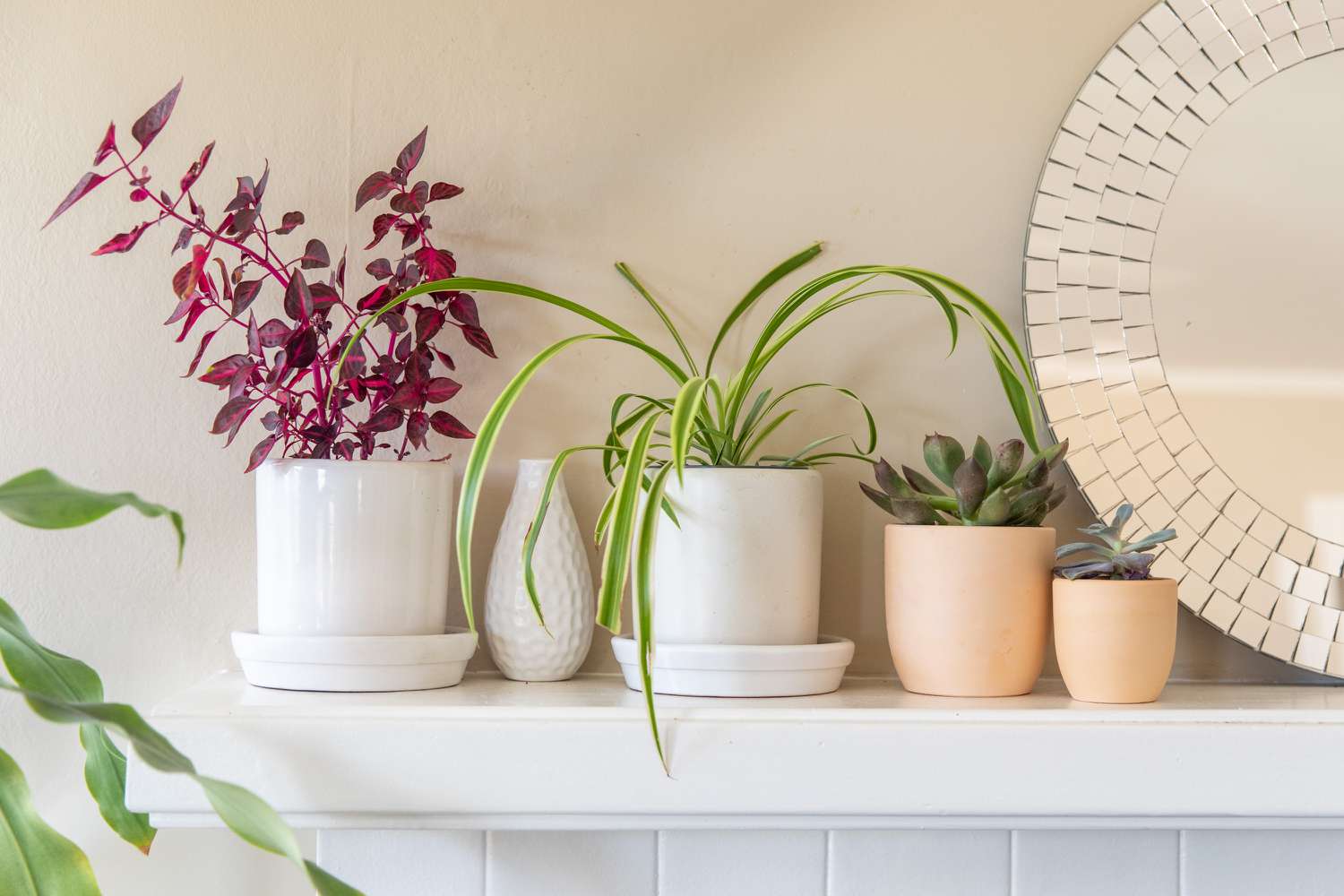

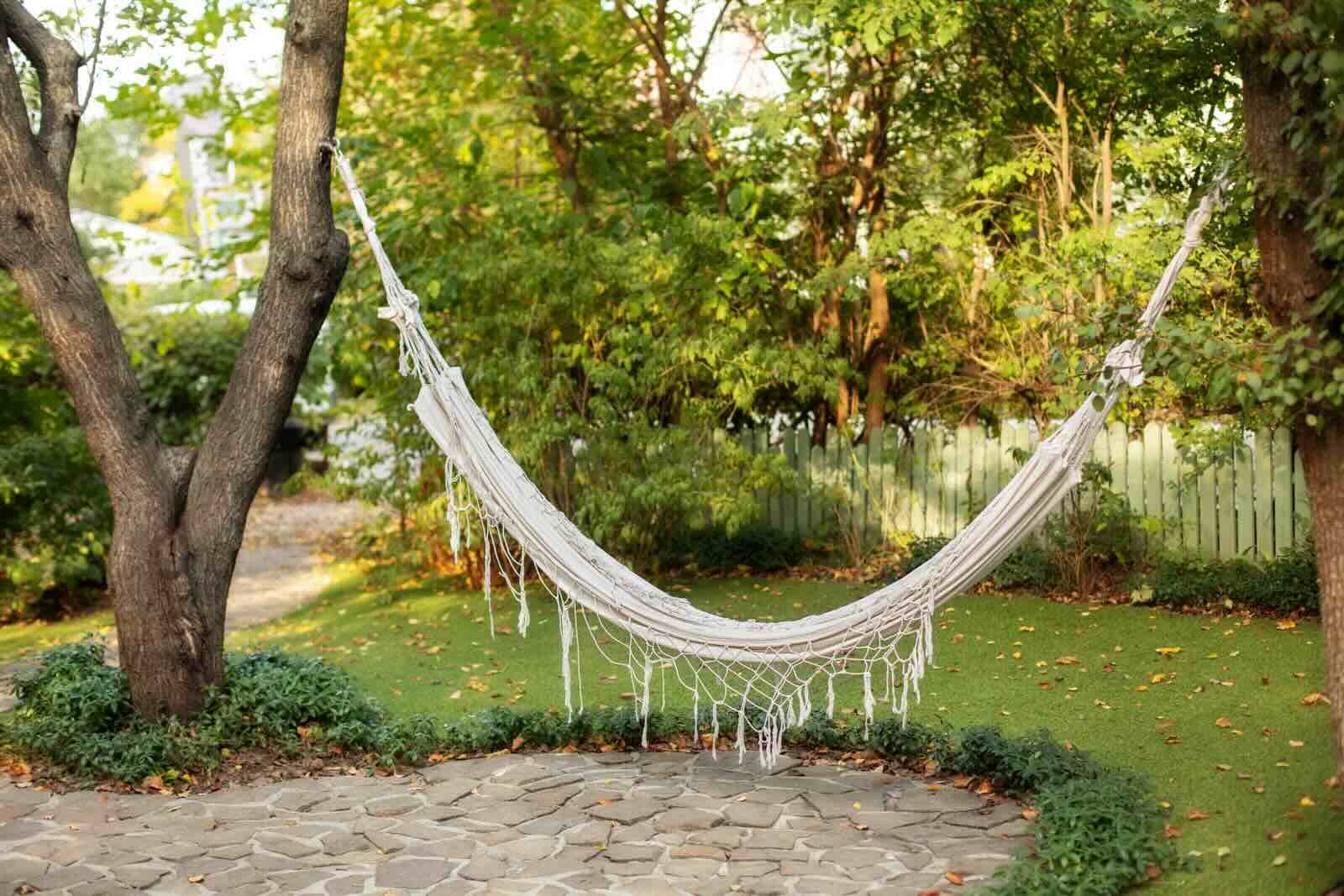
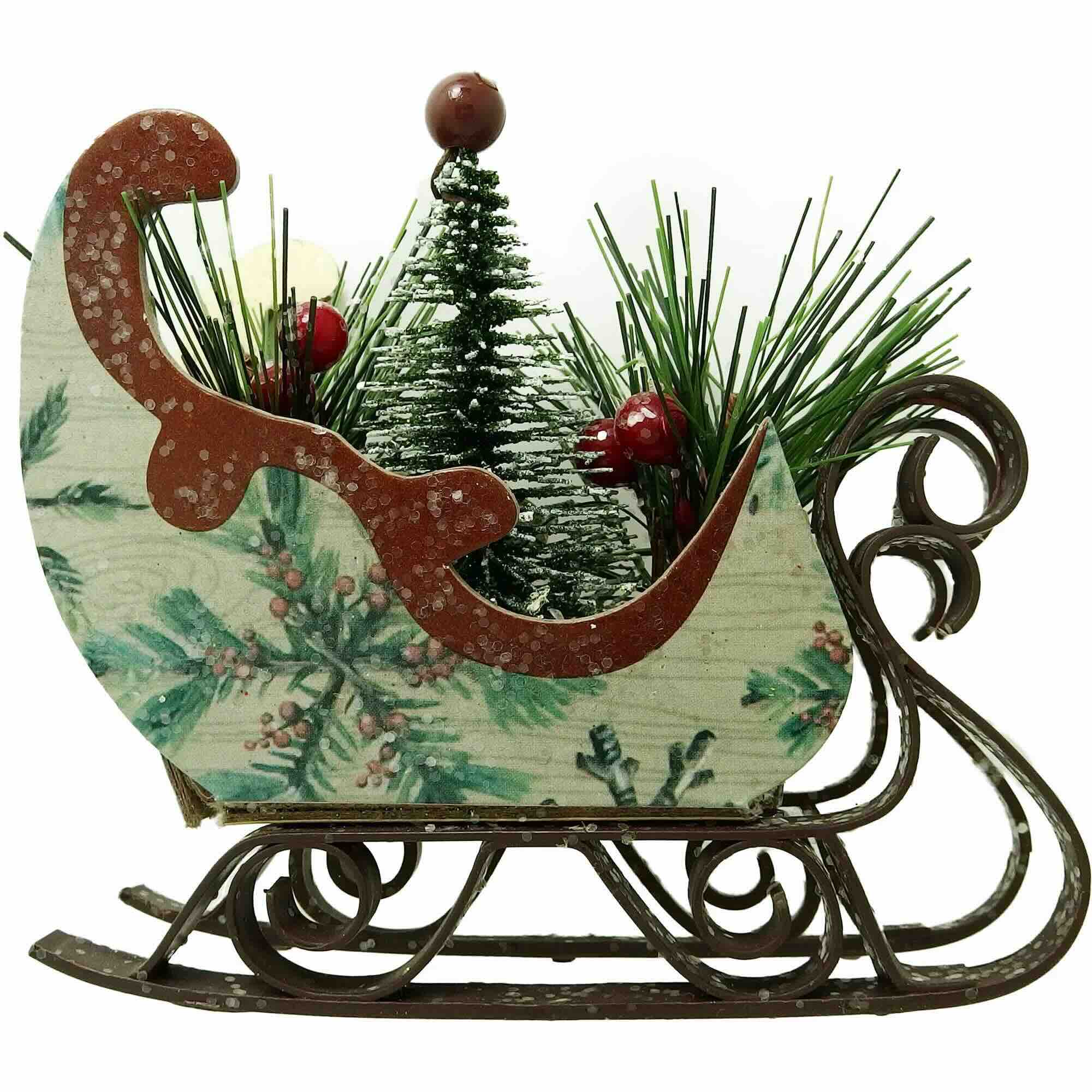
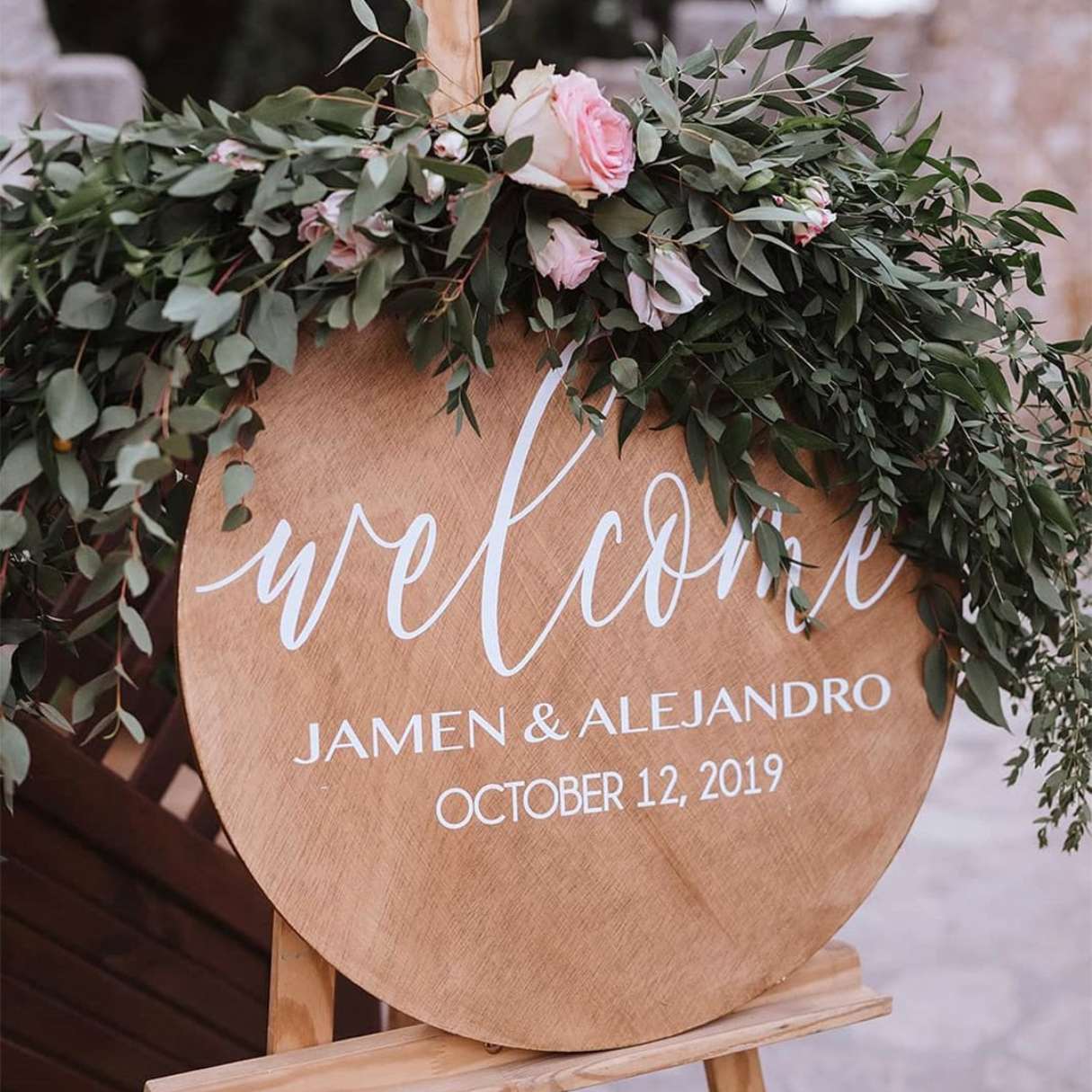



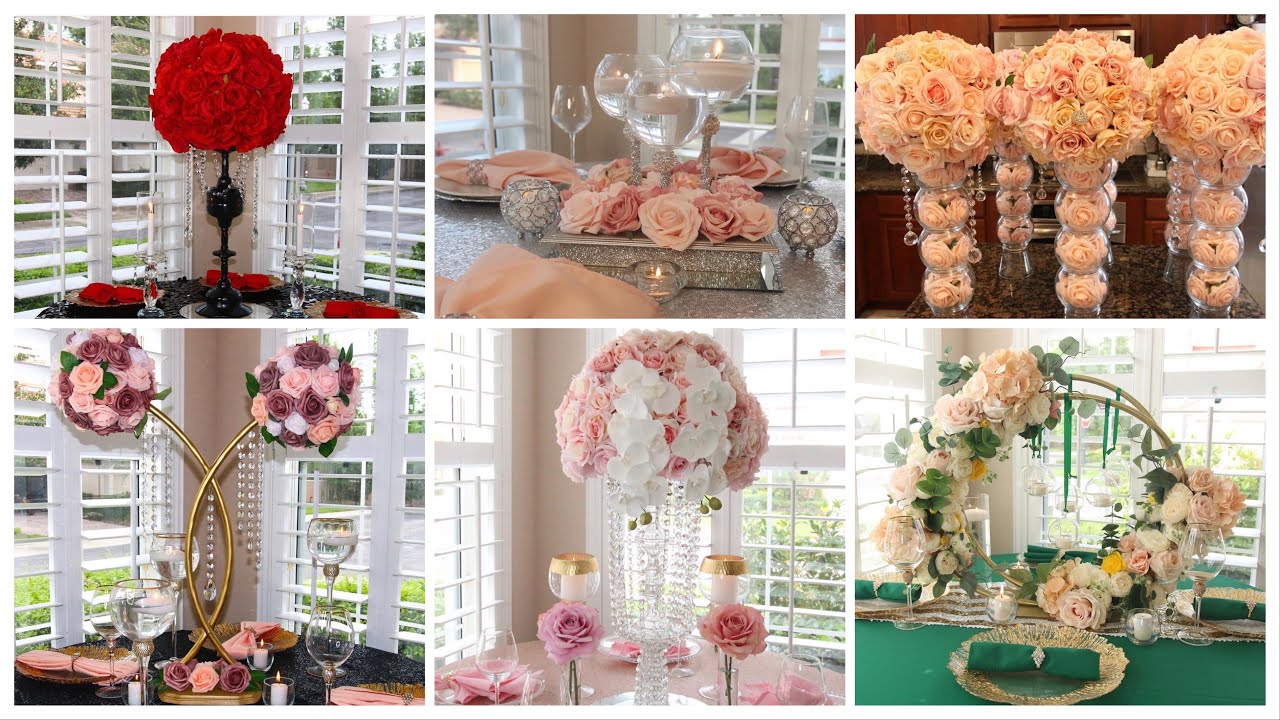
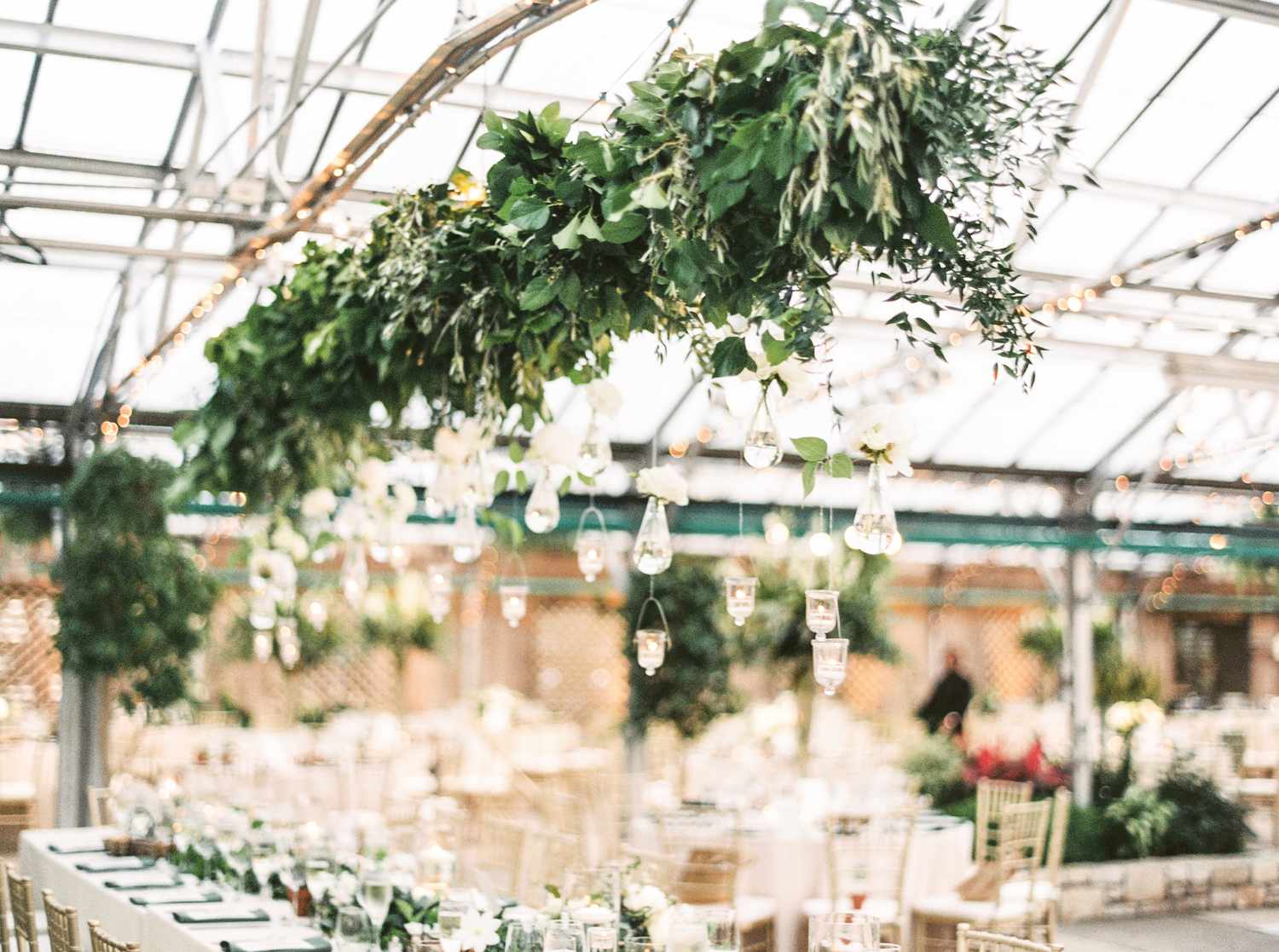
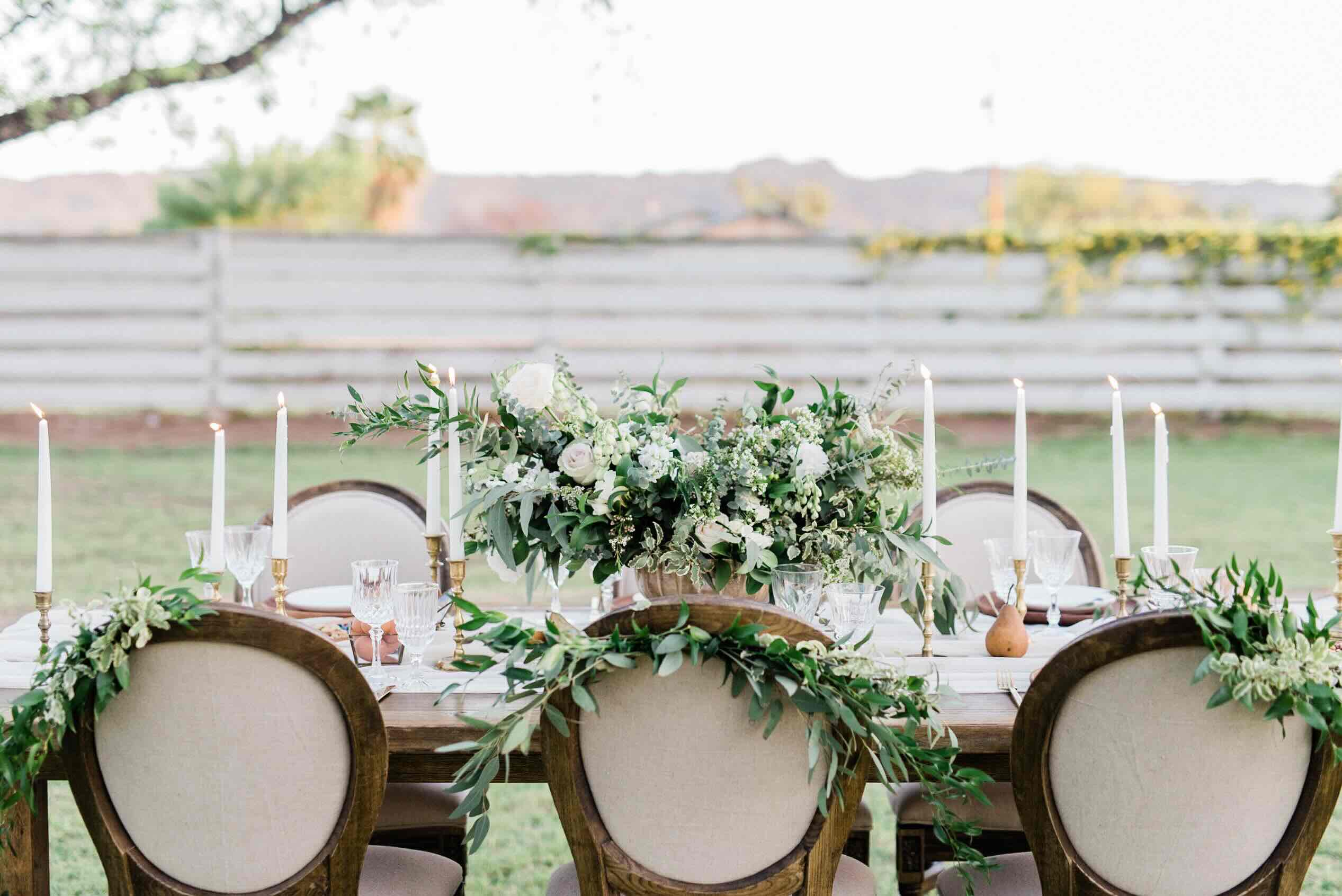
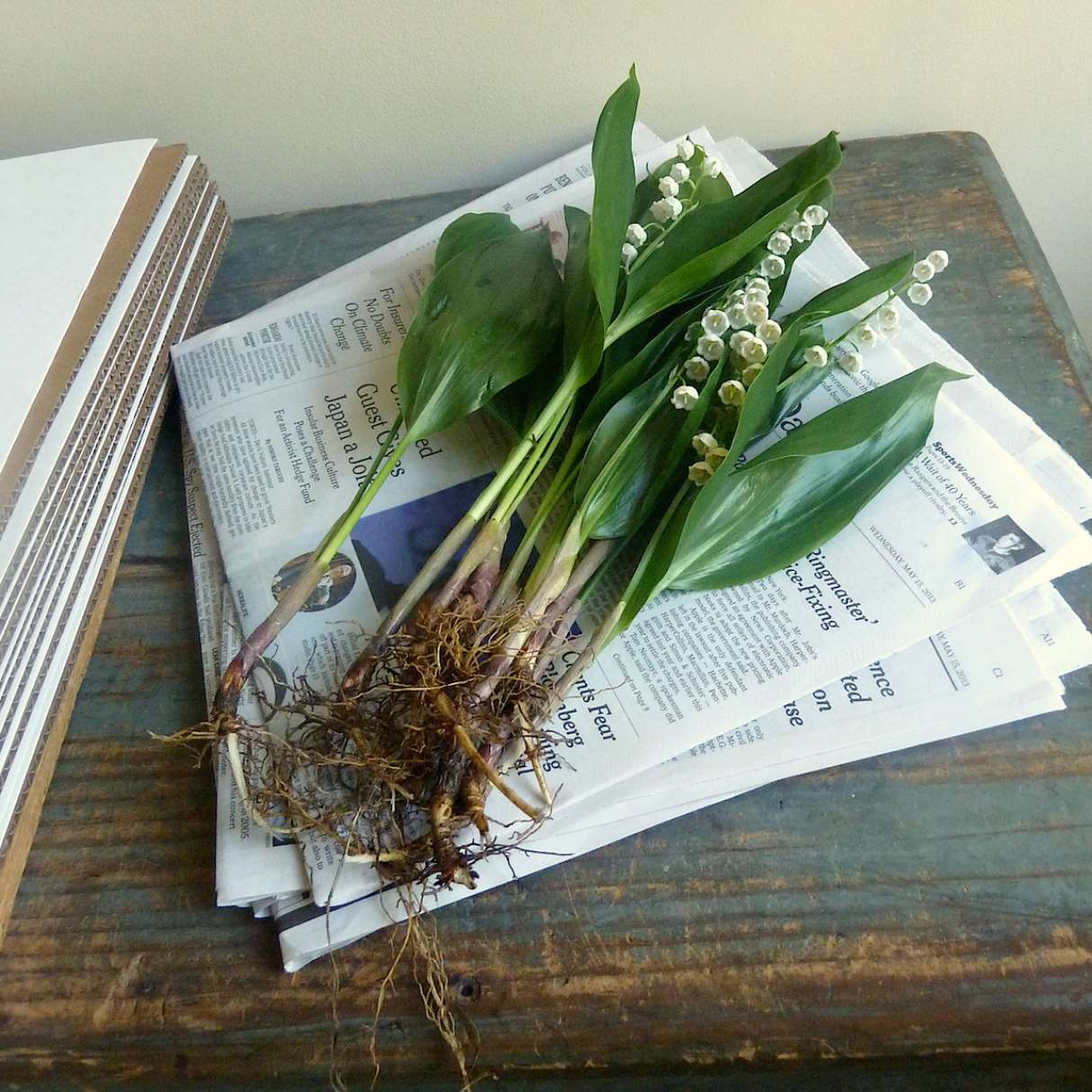
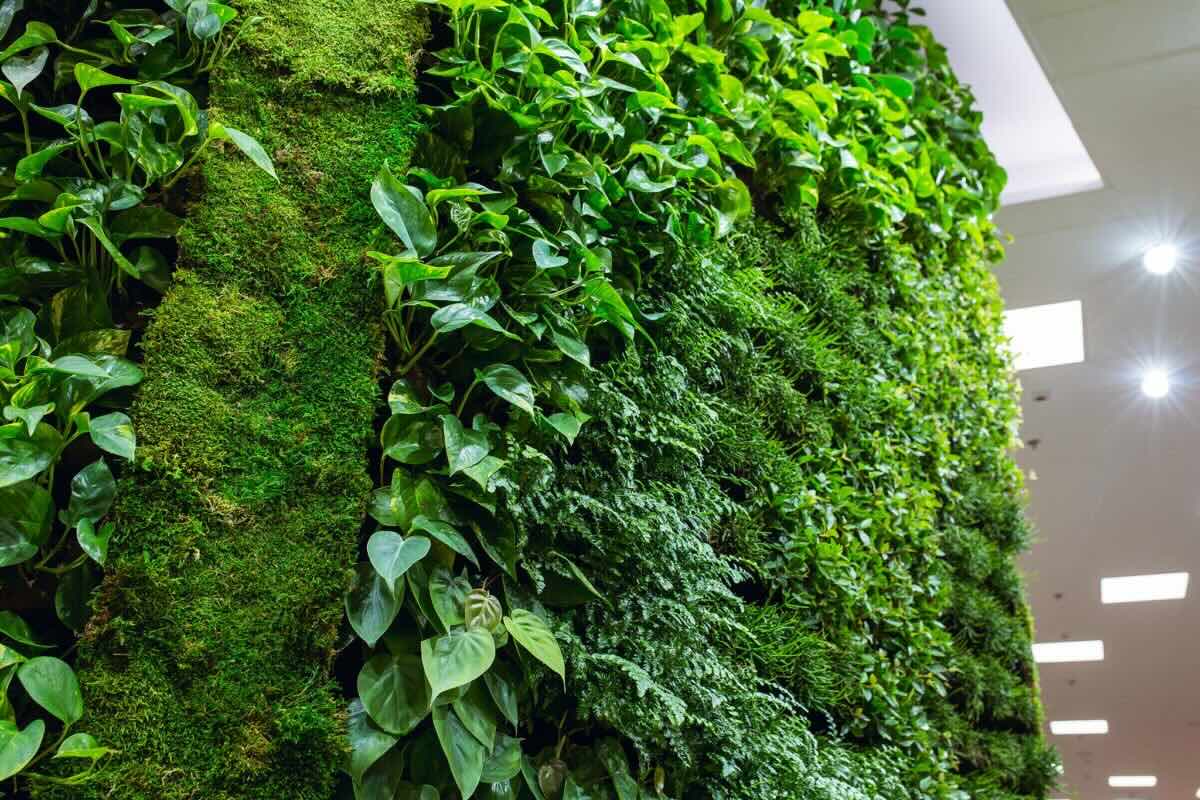


0 thoughts on “How To Give Cats Greenery”